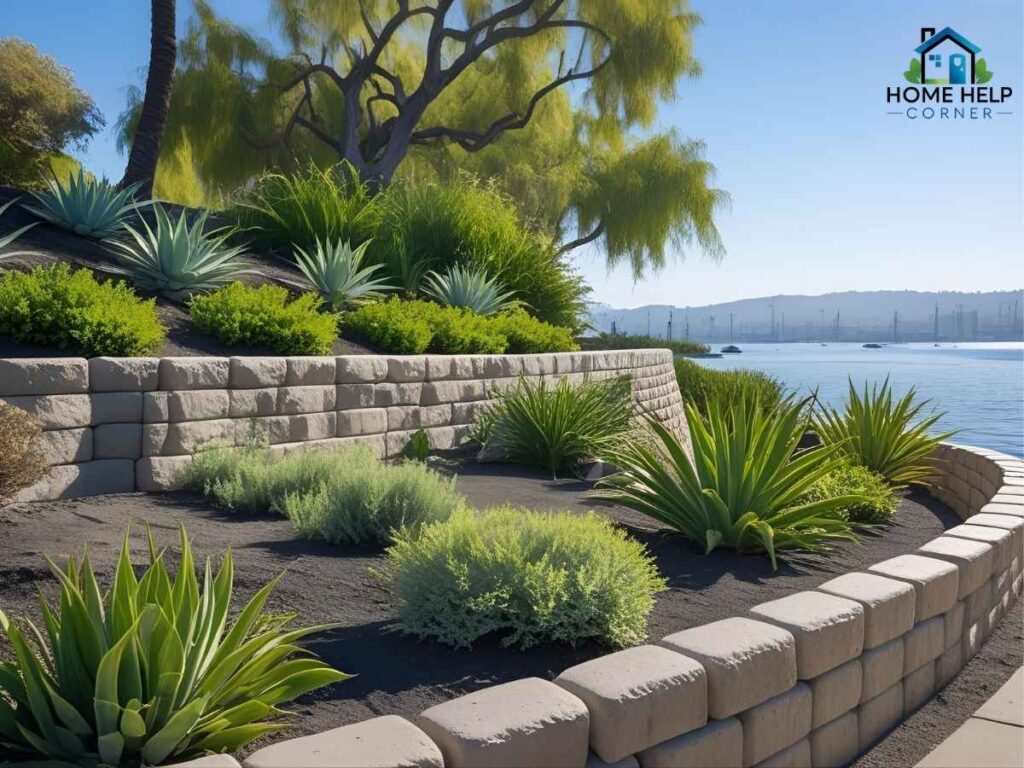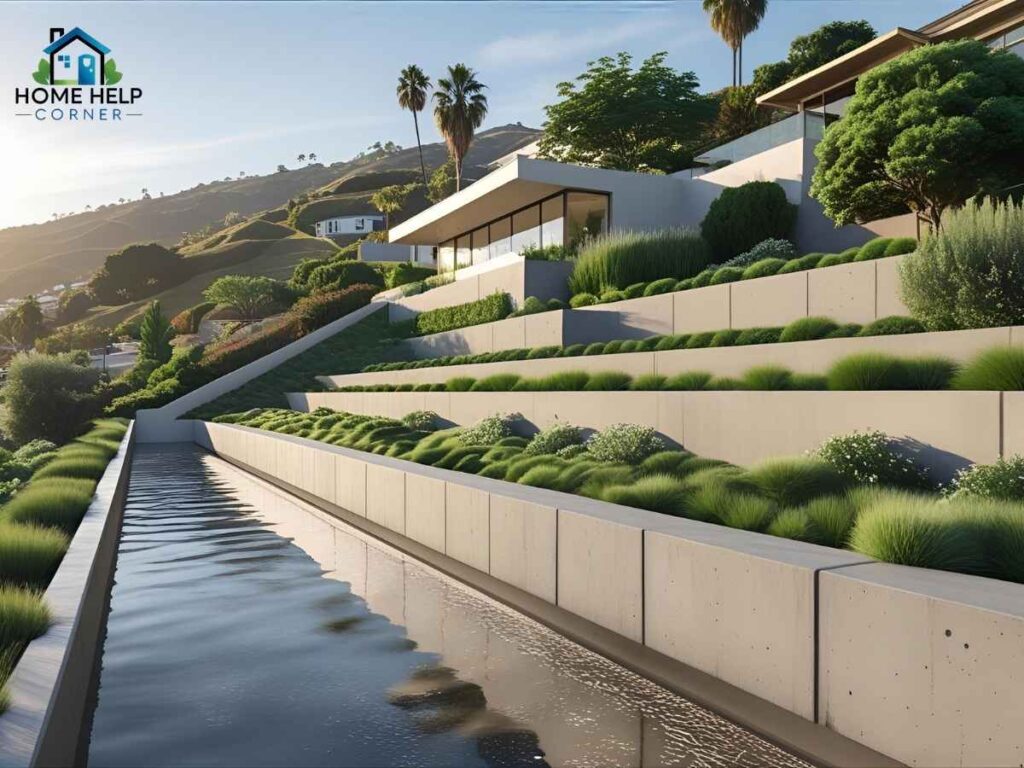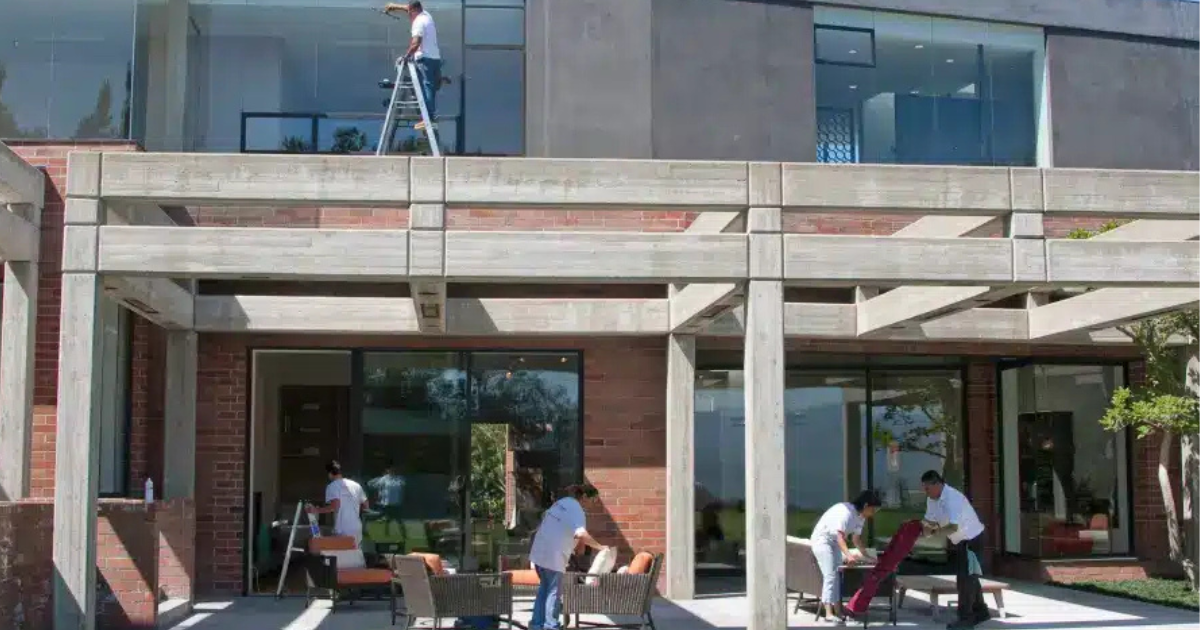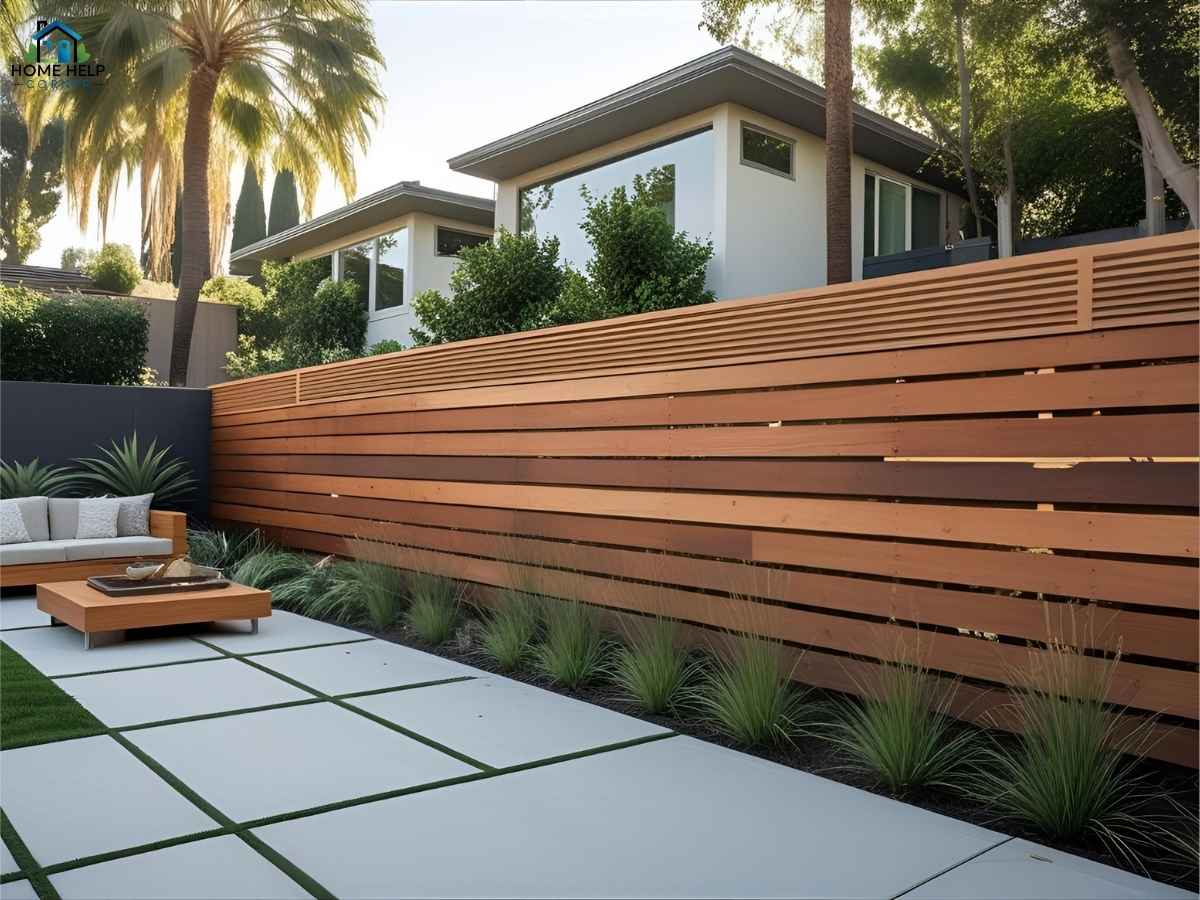Living in Los Angeles means balancing beauty, space, and functionality in a climate and geography unlike anywhere else in the country. If you’ve driven through neighborhoods from Brentwood’s sloping estates to Palms’ compact yards, you’ve seen how property owners wrestle with slopes, unstable soils, and seasonal rainfall. For those near the Lake Merced area—especially in the western parts of Los Angeles—moat-style retaining walls have become one of the most practical and visually striking solutions.
Picture this: You’re standing in a backyard in Westwood (ZIP 90025) on a mild February morning. The ground is damp from a week of on-and-off rain, and you watch as rivulets of water snake down the slope toward the patio. Without intervention, that runoff can wash out landscaping, weaken foundations, and ruin expensive hardscape work. That’s exactly what happened to the Ramirez family last winter—until they invested in a custom moat-style retaining wall that not only stopped the erosion but also created a lush planting area buffering their home from water damage.
Table of Contents
Why Moat-Style Retaining Walls Are Special for Los Angeles

Traditional retaining walls simply hold back soil. Moat-style walls take it a step further by incorporating a recessed channel—the “moat”—between the wall and the uphill soil bank. This channel serves multiple purposes:
- Drainage Optimization: Channels runoff into controlled drainage lines, preventing hydrostatic pressure buildup.
- Erosion Control: Captures and redirects sediment before it hits sensitive areas like driveways or patios.
- Aesthetic Integration: Offers space to integrate plantings, gravel beds, or decorative stone for curb appeal.
This design is especially useful in Los Angeles’ Mediterranean climate—with an average of 15 inches of rain per year but periodic heavy downpours during El Niño years—and its varied soils. Near Lake Merced, builders often encounter sandy loam mixed with clay, which is prone to shifting if saturated too quickly.
Moat designs also help in seismic zones. LA is crisscrossed by fault lines, so retaining walls must handle both vertical and lateral forces. The drainage effect of a moat ensures less wall strain during tremors because water weight won’t add to the pressure.
Local Environmental & Geological Challenges
Building a retaining wall in Los Angeles comes with its own checklist of challenges:
- Seasonal Soil Expansion and Contraction – Clay-dominant soils swell with winter moisture and shrink in summer heat.
- Unpredictable Rainfall Events – Sudden storms can dump inches in days, overwhelming typical yard drainage.
- Urban Density – In tight neighborhoods like Mar Vista or Culver City, construction space is limited, so designs must be efficient.
- Slope Ordinances – The LA Department of Building and Safety (LADBS) enforces strict grading codes, especially for hillsides. For more on these regulations, homeowners can visit the official LADBS Grading Division website.
- Tree Root Systems – Many LA properties have mature trees whose roots can damage wall integrity.
Moat-style retaining walls address these by providing a buffer zone where water is slowed, soil is stabilized, and planting beds act as living reinforcements.
Expanded Local Case Studies & Neighborhood Stories
Here are six real-world examples showing how Los Angeles homeowners are using moat-style retaining walls to solve problems:
1. Brentwood Hillside Retreat
The Chang family’s hillside garden kept losing topsoil after every rainstorm. They worked with DiBara Masonry to design a curved, concrete moat wall with integrated planters. Succulents and California poppies now blanket the wall’s upper edge. The drainage channel was tied into an underground pipe leading to the street’s stormwater system, meeting LADWP runoff compliance. Homeowners can learn more about stormwater regulations on the LADWP Water Conservation site.
2. Santa Monica Coastal Lot
Salt air and shifting sands posed unique challenges for the Barlow residence. Using stone veneer over reinforced concrete, PVM Concrete & Pavers created a double-wall moat system—one wall protecting the ocean-facing garden, and the inner moat wall serving as a drainage collector. The result? A stable, sea-breeze-ready outdoor living space.
3. Westwood Driveway Save
The Ramirez case mentioned earlier showed how a moat-style wall can stop driveway undermining. In this project, the moat was filled with river rock, giving a decorative look while improving runoff control.
4. Echo Park Creative Yard
An artist in Echo Park wanted a multi-level backyard but feared uneven soil would collapse during winter rains. A painted CMU (concrete masonry unit) moat wall was installed, and the moat space became a colorful cactus garden.
5. Hollywood Hills Modern Home
A steep backyard needed both security and design synergy with the home’s sleek lines. Los Angeles Concrete Co. built a moat wall with integrated LED lighting in the channel. At night, the glow highlights native grasses while also improving safety along the walkway.
6. Mar Vista Compact Yard
Space was tight, so contractors used thin-profile concrete walls with a shallow moat lined with drought-tolerant lavender. This not only stabilized the neighbor’s yard but gave the homeowner a fragrant, pollinator-friendly feature.
Choosing the Right Materials for LA’s Climate
- Reinforced Concrete: Long-lasting, resists seismic damage, works well for tall walls.
- Natural Stone: Ideal for coastal neighborhoods or rustic landscapes; good drainage compatibility.
- Interlocking Blocks: Great for DIY-friendly or modular builds; flexible for curves.
- CMU Blocks with Stucco Finish: Matches many LA home exteriors.
In areas near Lake Merced with marine layer mornings, mold/mildew-resistant finishes are helpful for longevity.
Navigating LA Permits & Compliance

According to LADBS:
- Retaining walls over 3 feet generally require a permit.
- Walls exceeding 6 feet require engineering review and possibly a grading permit.
- Drainage plans must direct water to approved discharge points.
The city’s regulations can be complex, but detailed information and online services are accessible at the LADBS Official Portal. For homeowners concerned about stormwater management and flood risks, consulting LA County Public Works resources is critical.
Top 3 Local Moat-Style Retaining Wall Experts
- Los Angeles Concrete Co.
Custom-designed retaining walls with modern aesthetics and seismic durability.
Website: losangelesconcreteco.com - DiBara Masonry
Known for artisan-quality stonework and complex slope solutions.
Website: dibaramasonry.com - PVM Concrete & Pavers
Specializes in creative wall designs blending hardscape and landscaping.
Website: pvmpavers.com
Long-Form Frequently Asked Questions
Are moat-style retaining walls more expensive than traditional walls in Los Angeles?
Moat-style walls can cost around 10–15% more upfront because of the added excavation and drainage work. However, they often save money over time by preventing expensive repairs from water damage or erosion. For steep lots in Brentwood or Pacific Palisades, the investment is well worth it.
How do I know if my property near Lake Merced needs a moat-style wall?
Look for signs like soil slumping, pooling water after rain, or cracks in existing walls. If your home is downslope from a neighbor or has a steep backyard, a moat-style design can help prevent runoff damage.
Can these walls be built on a tight budget?
Yes. Using modular concrete blocks, partial moat designs, and gravel channels can reduce costs while still providing protection. Some Culver City projects have been completed for under $12,000.
Do moat-style walls require special maintenance?
Annual inspection of the drainage channel for debris is key. Also, every 3–5 years, refresh gravel or plantings in the moat to maintain effectiveness.
Are moat-style retaining walls earthquake-safe?
When designed with reinforced steel, proper footings, and drainage, moat walls can be safer than traditional designs because water pressure is reduced, making them more stable during ground movement.


